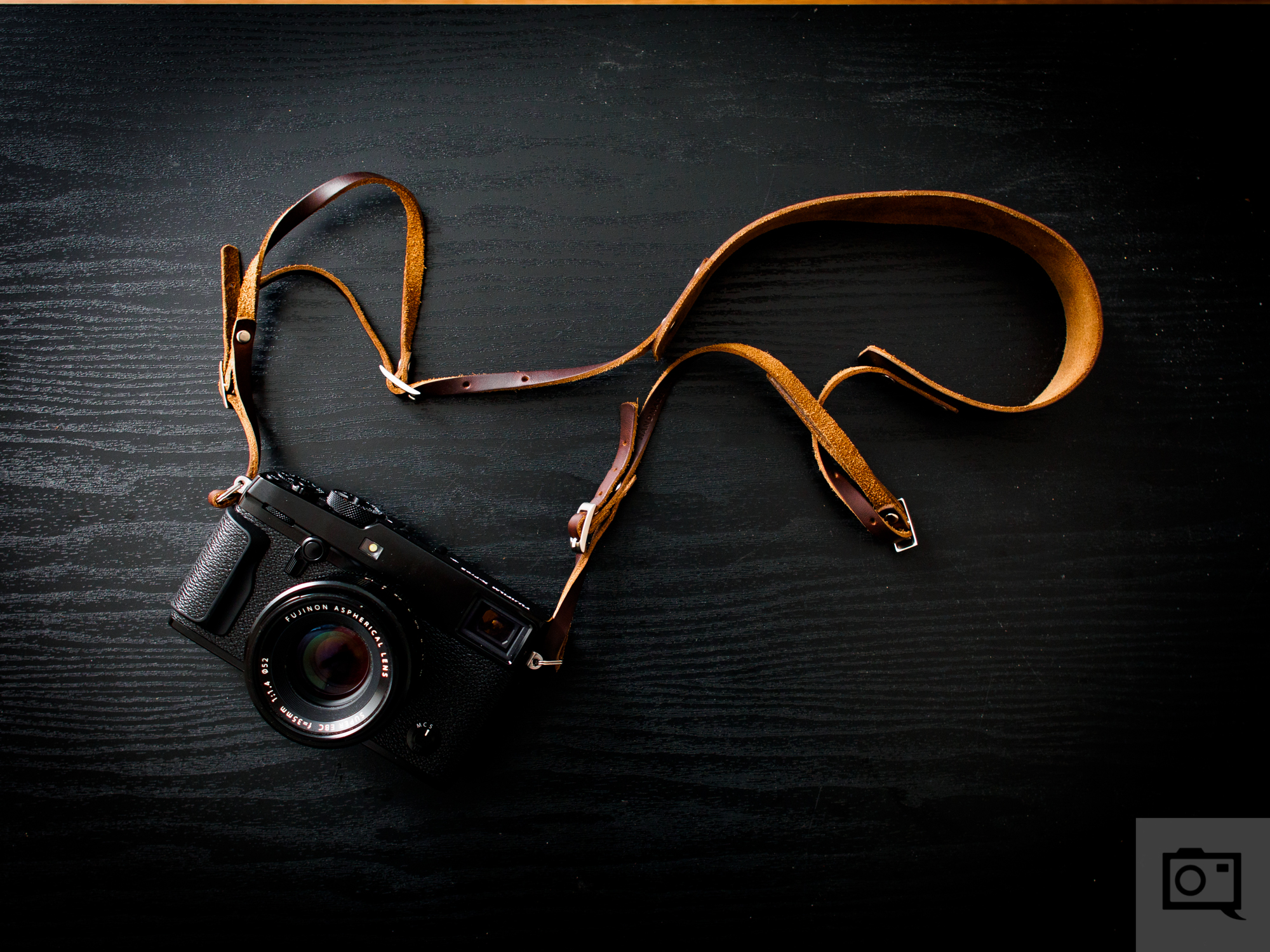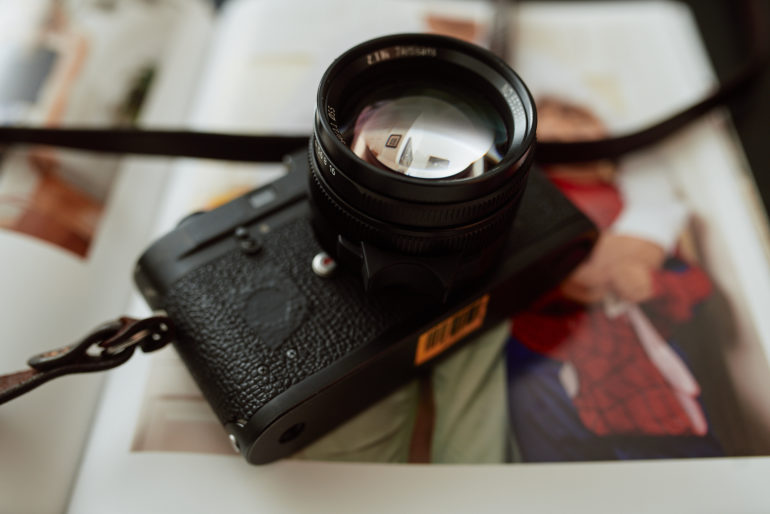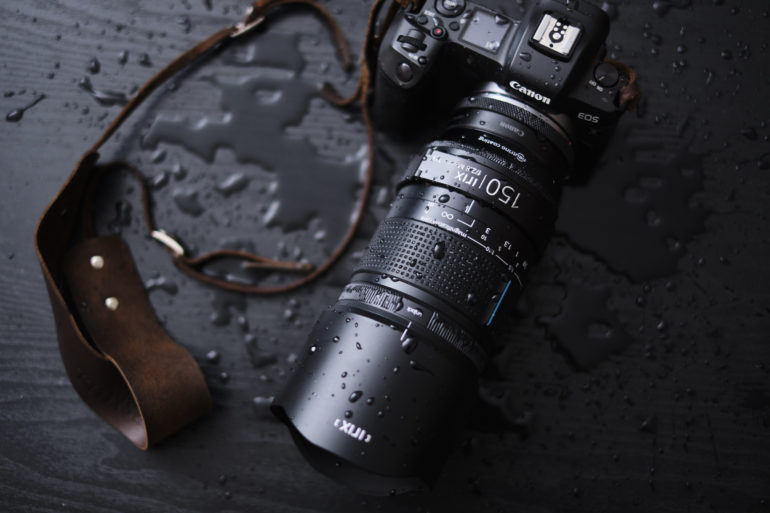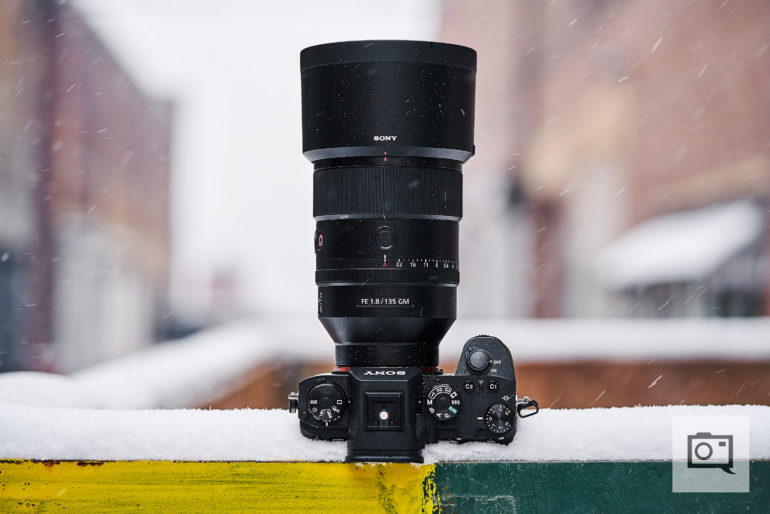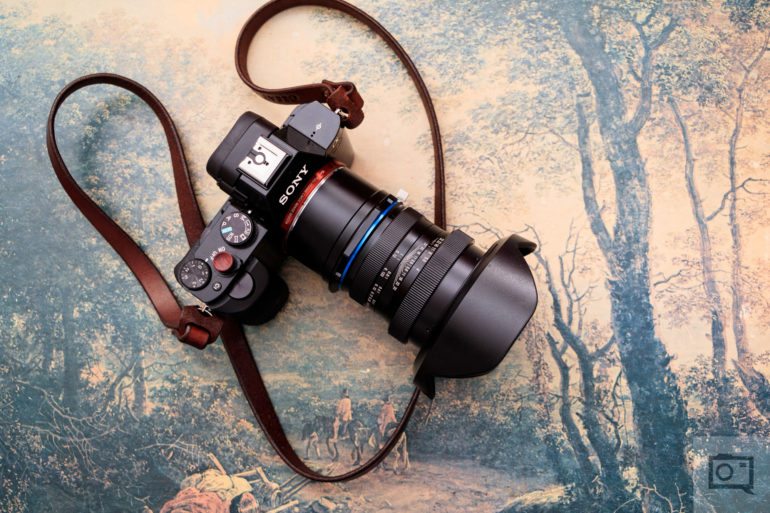Last Updated on 10/01/2020 by Chris Gampat
Prime lenses are the love of many photographers and for great reasons.
While many photographers will reach for the convenience that a zoom lens offers and fix their photos in post, the photographers who reach for prime lenses tend to think about their images in a completely different way. A prime lens is what many photographers are taught to work with to help them develop not only their photographic eye but also their photographic identity. After this, photographers tend to work and develop new needs and end up changing to different focal lengths. Through and through, prime lenses are the best options over zooms for a wide variety of reasons. But why? HINT: it has to do with making things less technical.
Faster Apertures Mean More Light
Let’s start with the first big reason: more light. Comparatively, vs most zoom lenses, fast aperture primes can let in a lot more light than zooms can. In the full frame world, the fastest zoom is an f2 while in smaller formats it’s the Panasonic 10-25mm f1.7 lens. In the case of prime lenses though, there are primes that are higher end and therefore do let more light in. For example, there are f1.4 and f1.2 prime lenses that give you more bokeh and when stopped down sing with sharpness. If you’re a fan of shooting in low light, then you’ll appreciate what a prime can do over a zoom.
Only a Single Focal Length with a Lot Less to Go Wrong
Trust us, we’ve tested this! Even with higher end and more expensive zoom lenses, there is a lot that can go wrong. For example, 28mm probably won’t be as good as 35mm. This is because of the design of zoom lenses–naturally, something is just meant to go wrong. While tests are often done to make the performance be akin to sharp prime lenses, in the long run, it’s usually not the case due to what happens to zoom lenses with wear and tear. But with a prime lens, you’re only working with a single focal length. The only groups of glass elements that are moving are the focusing groups. With less moving parts, less naturally goes wrong.
Smaller, Lighter, and Often Better Built
Beyond this, prime lenses are often smaller overall and better built. By that I mean not only the exterior but also the interior. The best-built zoom lenses have an internal zoom mechanism and less can go wrong with them as a result of zooming the focal length in and out. Then you need to consider your own approaches to photography. Most photographers use maybe one or two focal lengths of a lens more than the others. The classic for this is the 24-70mm. If you’re a 24, 35mm and 50mm shooter, then you’re not going to need anything longer.
They Make You Think More Critically About Your Shots
When you work with a zoom lens, you’re often given a lot of tools but end up being lazy. You don’t naturally have to work as hard for the shot. With a prime lens, you’re more likely to move around more to get “the shot” you want. This is especially the case for manual focus lenses.
From: The Deliberate Nature of Manual Focus Lenses:
When I shoot portraits though, then that matters more–but manually focusing also forces me to be significantly more deliberate about the images I shoot. Autofocus abilities are so quick and sudden that it leaves the photographer little room to actually carefully think about and contemplate the image that they’re about to shoot. The process goes something like this:
-
Look to a scene or portrait subject
-
Figure out framing based on the focusing points that the camera allows
-
Shoot
-
Done
That’s not to say you can’t move about with a zoom, but you are less likely to? It’s the same with chimping your LCD screen. Though it’s an antiquated argument, I think it takes you out of focusing on your subject and the flow of a shoot. It breaks the connection and you should figure out all the technicalities first.
You’re Not Going to Use All Those Zoom Focal Lengths
Let’s say you’ve got a 24-105mm f4 lens. You’ve got a number of focal lengths to work with but you’re also limited by a very small F stop. This can work well enough during the daytime but imagine trying to take it out at night. Though companies may boast all of this image stabilization, it won’t work as well at 24mm as it will at 105mm. Part of that is just physics. So to that end, you’ll be more or less stuck shooting wide most of the time.
By that thought process, why not just go for a prime lens instead?


